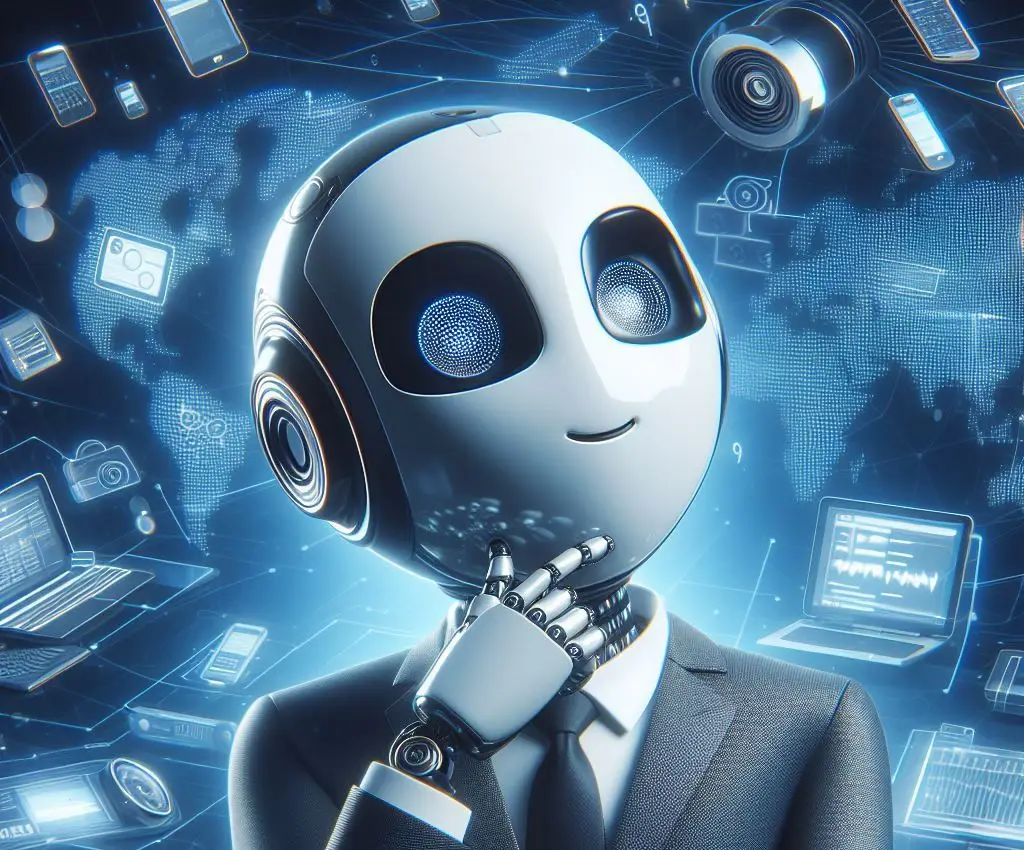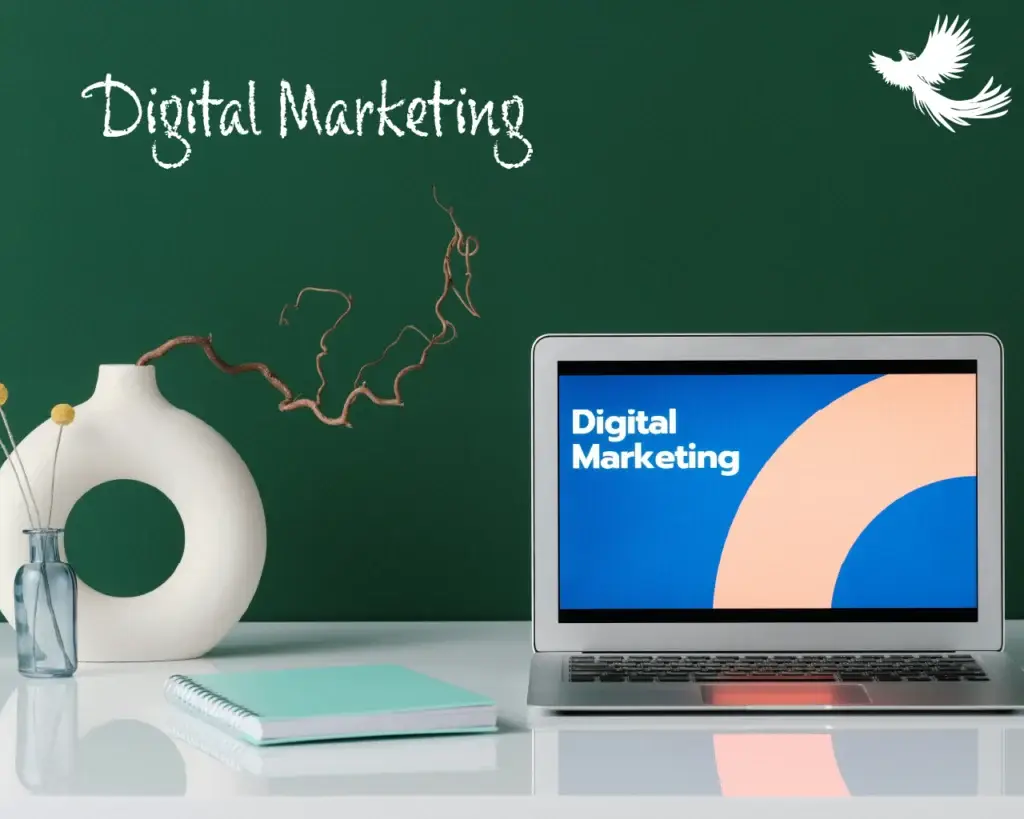In the realm of business identity and branding, a logo serves as a potent symbol, encapsulating the essence and values of a company in a visually compelling form. But what exactly is a logo, and why does it hold such significance for businesses? Furthermore, how has the advent of artificial intelligence (AI) impacted the process of logo design? Let’s delve into these questions to uncover the intricate relationship between logos, businesses, and AI.
What is a Logo?
At its core, a logo is a graphical representation that embodies the identity, personality, and values of a brand or company. It acts as a visual shorthand, instantly recognizable and capable of evoking emotions, associations, and perceptions in the minds of consumers. A well-crafted logo distills complex narratives and brand messages into a single, memorable symbol, leaving a lasting impression and fostering brand loyalty.
The Significance of Logos to Businesses
For businesses, logos serve as a cornerstone of their visual identity and brand recognition efforts. A carefully designed logo communicates professionalism, trustworthiness, and credibility, establishing a strong foundation for brand equity and consumer engagement. It acts as a focal point for marketing collateral, appearing on products, advertisements, websites, and various other touchpoints, reinforcing brand cohesion and enhancing brand recall.
Moreover, logos play a crucial role in differentiation within competitive markets. By crafting a unique and distinctive visual mark, businesses can stand out from competitors, carve out their niche, and establish a memorable presence in the minds of consumers. A well-executed logo fosters brand loyalty and fosters emotional connections, driving customer retention and advocacy over the long term.
The Role of AI in Logo Design
In recent years, the proliferation of AI technology has revolutionized various industries, including the field of graphic design. AI-powered tools and algorithms have streamlined and augmented the logo design process, offering designers unprecedented efficiency, creativity, and flexibility.
AI algorithms can analyze vast datasets of existing logos, identifying design trends, color palettes, and typographic styles that resonate with target audiences. Leveraging machine learning techniques, AI systems can generate endless iterations of logo concepts, fine-tuning and refining designs based on user feedback and preferences.
Furthermore, AI-driven design platforms empower non-designers to create professional-looking logos with minimal effort and expertise. By simply inputting basic parameters such as company name, industry, and preferred style, individuals can access a curated selection of logo templates and customization options, enabling them to craft a personalized logo that reflects their brand identity.
However, while AI offers undeniable benefits in terms of efficiency and accessibility, it’s essential to recognize the importance of human creativity and intuition in the logo design process. While AI can generate design concepts, it’s ultimately the human designer who imbues a logo with meaning, storytelling, and emotional resonance, ensuring that it aligns with the company’s values and objectives.
In conclusion, logos represent the visual manifestation of a company’s identity and values, playing a pivotal role in brand recognition, differentiation, and consumer engagement. While AI has significantly influenced the logo design process, it’s essential to strike a balance between technological innovation and human creativity to create logos that truly resonate with audiences and stand the test of time.



